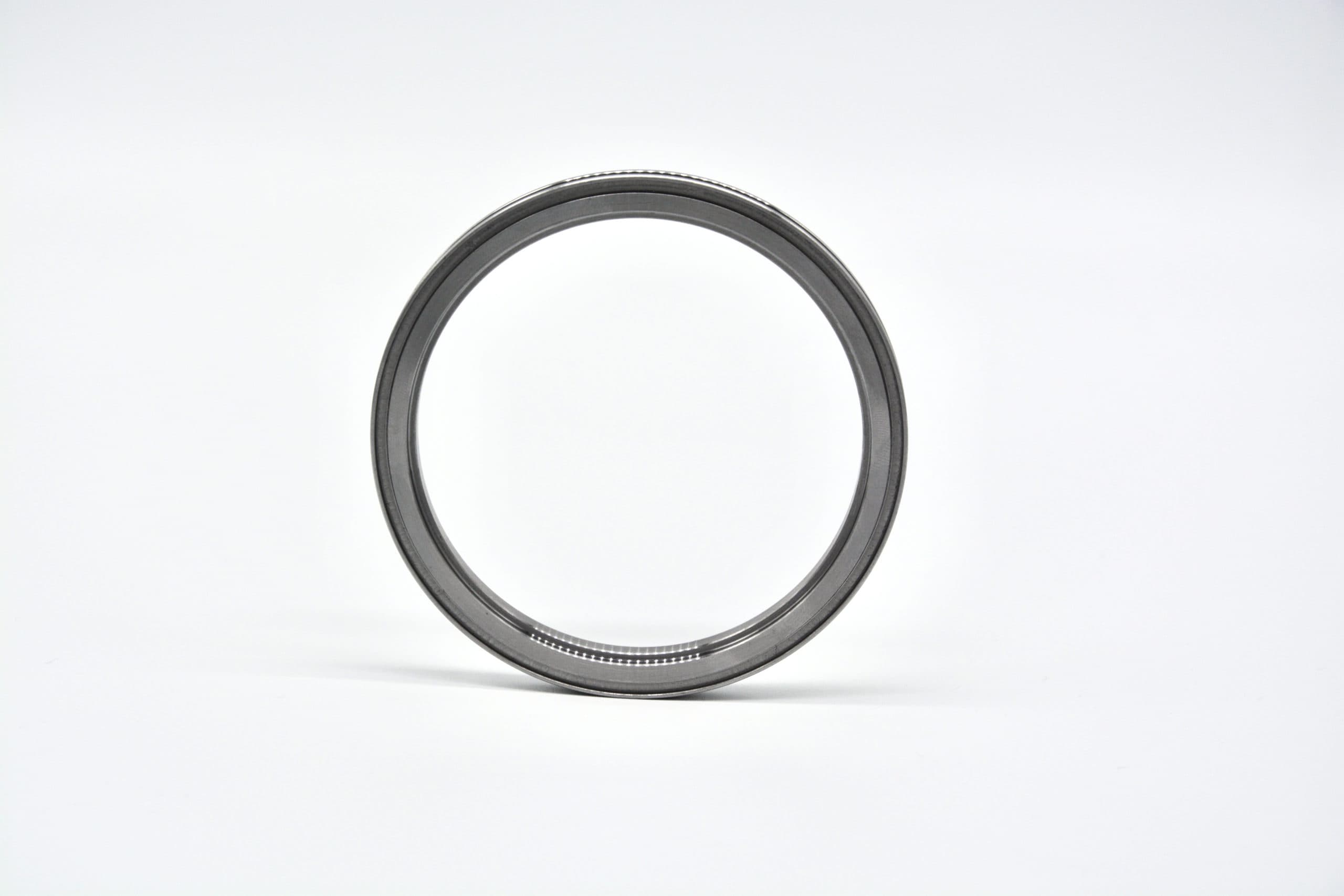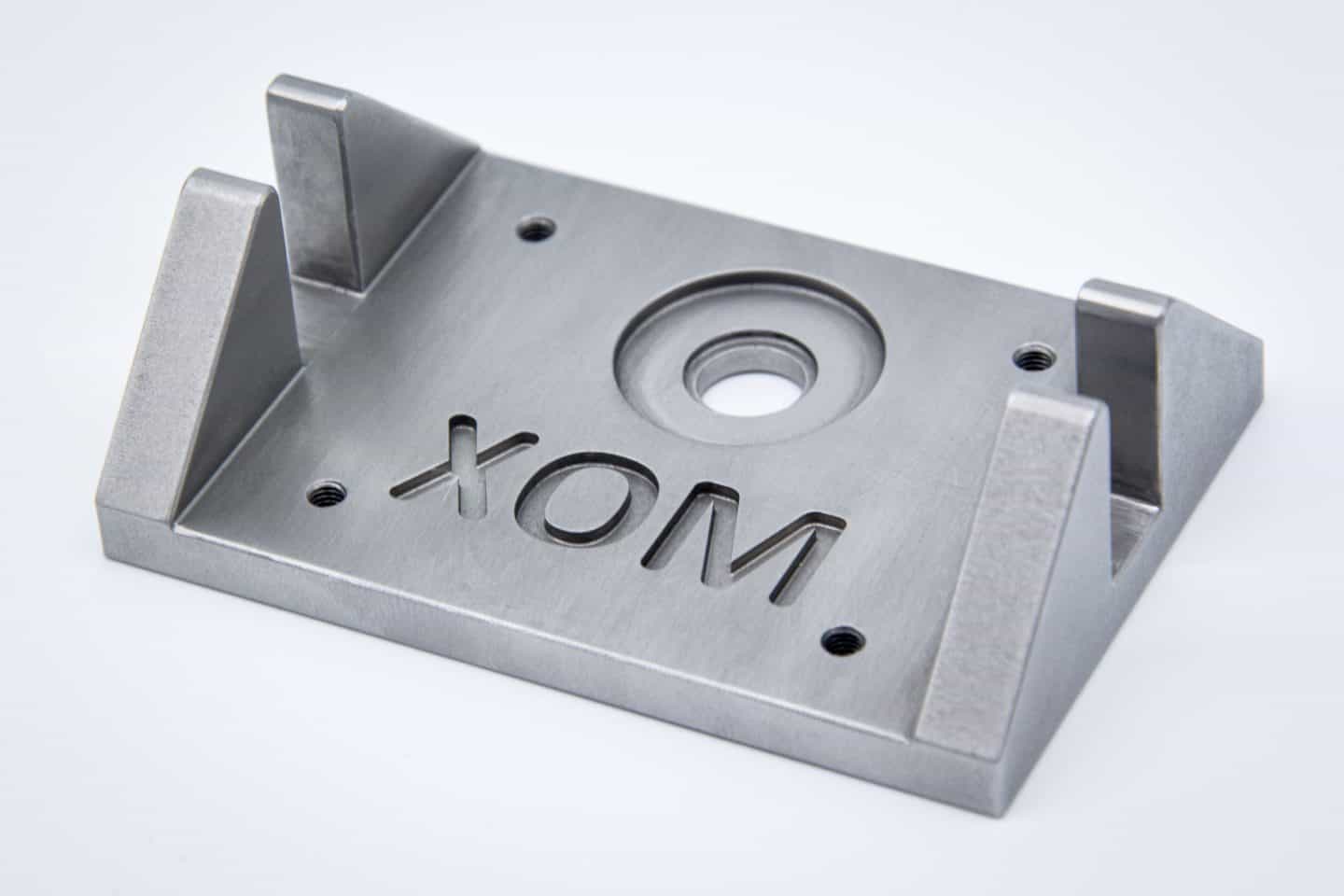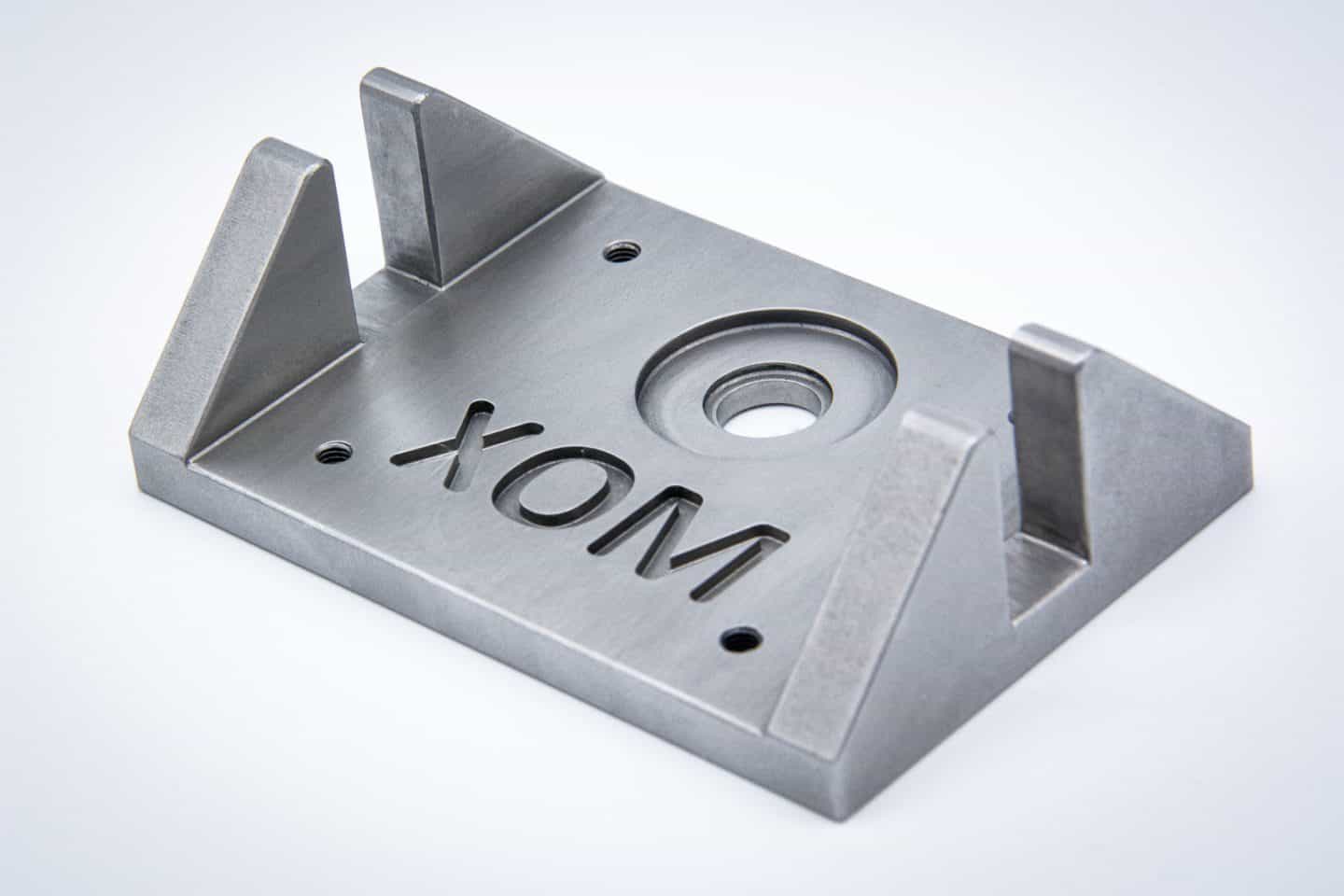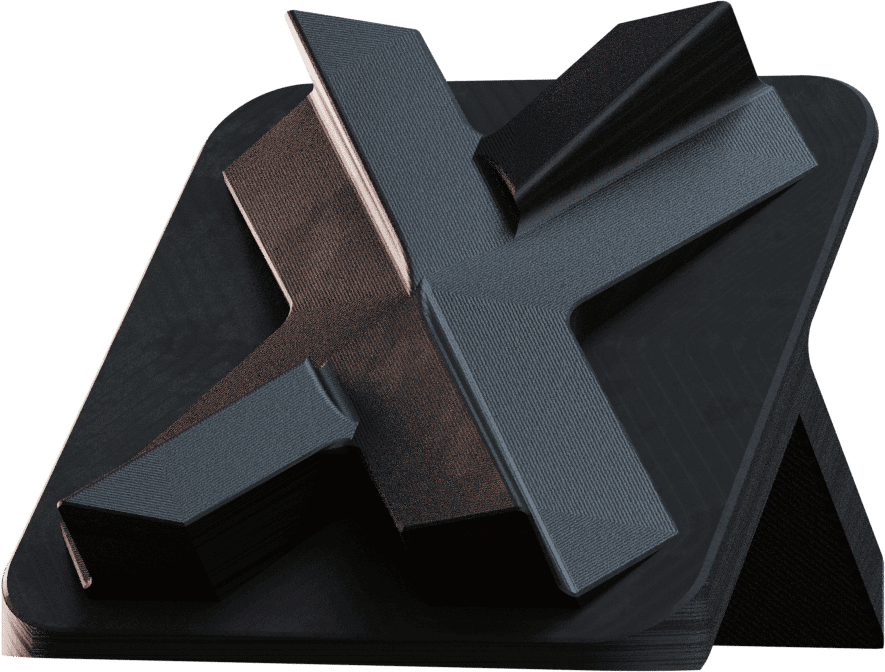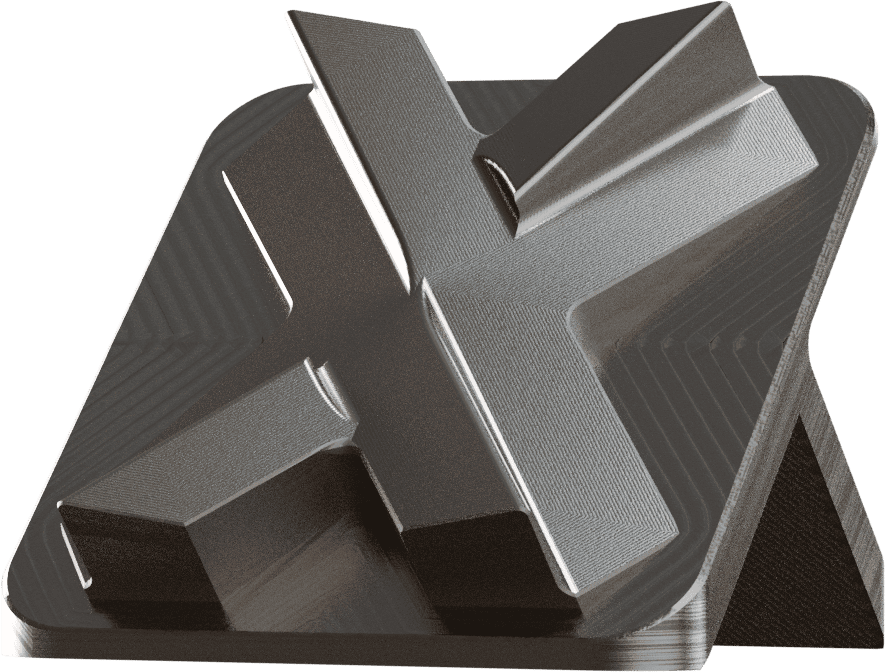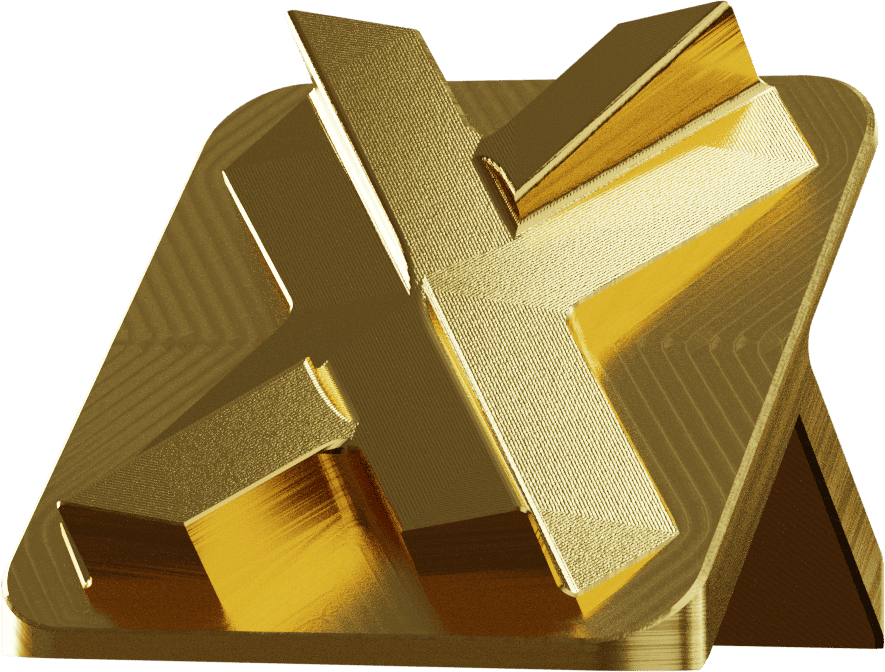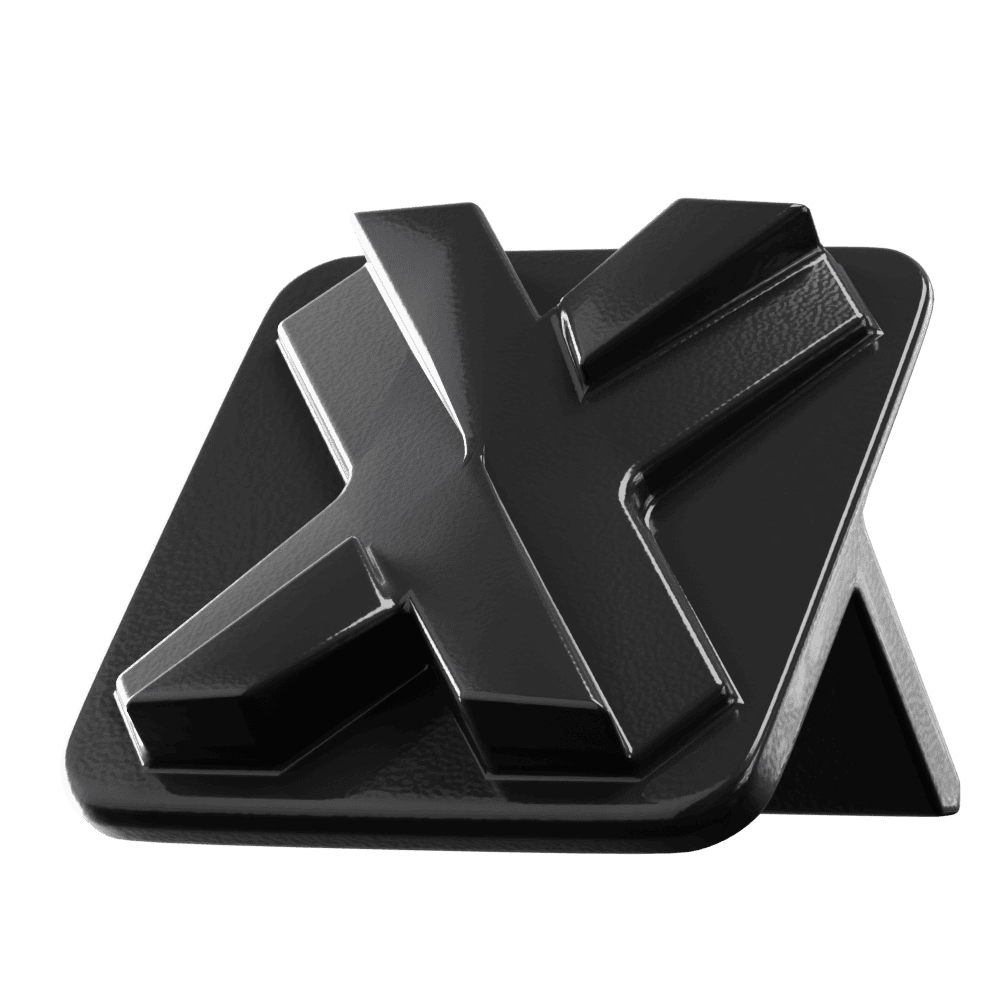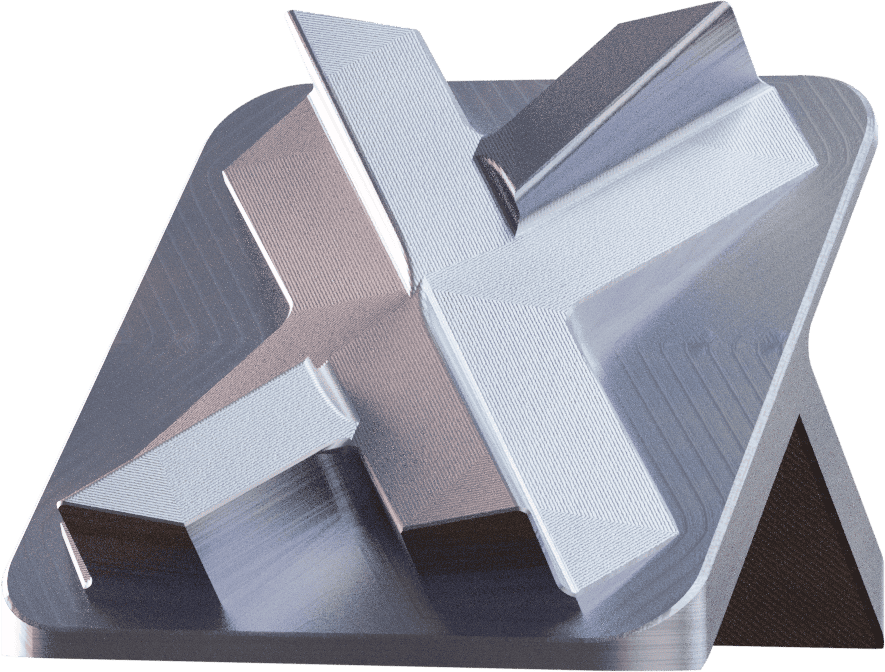Steel 1.0038 / S235JR
- Alternative Designations: S235JR/RSt37-2 | 40B (UK) | EN 10025 | S235JR | A283 (AISI/AA) | A 33 (AFNOR) | SN490B;C (JIS) | A310-0 (UNE)
Colors:
- Any color is achievable with finishing
Description:
This is a hot-rolled pure structural steel. With good plasticity, toughness, and weldability, it has a lower yield strength of 185 – 235MPa. This material can be formed into many products such as I beams, channels, plates, angle bars etc. its excellent weldability makes it to be widely used in bridges, transmission towers etc. It is equivalent to Fe360B. Any steel with similar chemical and mechanical properties can be designated as S235JR material.
Material Properties
Processes:
Special properties
- Weldability
| Property | Value, metric | Value, Imperial |
|---|---|---|
| Density | 7.85 g/cm3 | 7.85 g/cm3 |
| Elongation at Break | 21-26% | 21-26% |
| Hardness | 120 | 120 |
| Ultimate Tensile Strength | 340-510 MPa | 49-74 ksi |
-
Annealing
The annealing process involves the heating of a metal to or near the temperature at which recrystallisation begins without change in the stresses. After heating, the metal is cooled to room temperature in the oven or put in the sand.
Final result:
- Improved cold working capacity of the metal
-
CNC machined part without surface finishes (3D render, aluminium)Bead blasting (3D render)
Bead blasting
Bead blasting involves spraying a pressurised stream of tiny beads of media, plastic or glass beads, from a nozzle onto the surface of the part. This removes the burrs and imperfections, leaving a smooth finish.
Notes:The recommended part size is 6-600 mm in both height and width. Smaller parts are hard to hold and tough to produce an even surface.
Final result:
- Uniform, matte or satin-like appearance
- Slightly grainy in the touch
-
Black oxide
Black oxide is a type of conversion coating for ferrous materials, such as steel and stainless steel, which blackens the top layer of the material. It can be used to reduce reflection and glare, as well as provide some additional corrosion resistance without affecting part dimensions.
-
Case-hardening (Carburising)
A heat treatment process which includes hardening the surface of metal while allowing the metal underneath to remain soft. As the name implies, carburising is inducting carbon or nitrogen into low-carbon alloys at elevated temperatures so that the hardenability increases.
-
Electroless nickel plating
Electroless nickel plating provides a uniform nickel coating, which offers protection from corrosion, oxidation, and wear on irregular surfaces.
Final result:
- Protection from corrosion, oxidation and wear on irregular surfaces
- Brighter appearance
-
Gold plating
Gold plating provides good corrosion and tarnish resistance. Gold has low contact resistance, excellent conductivity, and solderability.
Final result:
- Gold-like appearance
- Increased corrosion and tarnish resistance
-
Powder coating
Provides a continuous, protective color finish on parts using evenly applied, heat-cured paint. The finish is usually tougher and even compared to conventional painting.
Notes:Metals like aluminium and steel can be efficiently coated with polymer powders.
Available colors:
- Any custom RAL color
-
Tempering
A heat treatment method that is mainly dedicated to reducing the amount of hardness of metals. It involves heating the metal to a temperature below the critical point. The temperature is adjusted depending on the amount of hardness that needs to be reduced and it varies depending on the metal type as well.
Final result:
- Reduced hardness
- Increased elasticity and plasticity
- Reduced yield and tensile strength
-
Through hardening
Through hardening, also known as quench hardening, is a heat treatment process used to increase the hardness and strength of a material by heating it to a high temperature and then rapidly cooling it, usually by immersing it in a quenching medium such as oil, water, or air.
Final result:
- Hardened surface layer that is resistant to wear, abrasion, and deformation
- The core remains tough and ductile
-
Zinc coating / Galvanising
Zinc plating involves the electrodeposition of a thin coating of zinc metal onto the surface of another metal object, known as a substrate. The zinc coating creates a physical barrier that prevents rust from reaching the underlying metal surface.
Final result:
- Increased corrosion resistance
-
Custom Finishing
If you select a custom finish in the Instant Quoting Engine it will require manual review. Manual quoting usually takes 1-2 business days.
Notes:Submitting for manual review with a custom request does not guarantee a quote.
 Europe
Europe  Türkiye
Türkiye  United Kingdom
United Kingdom  Global
Global 

 Login with my Xometry account
Login with my Xometry account 